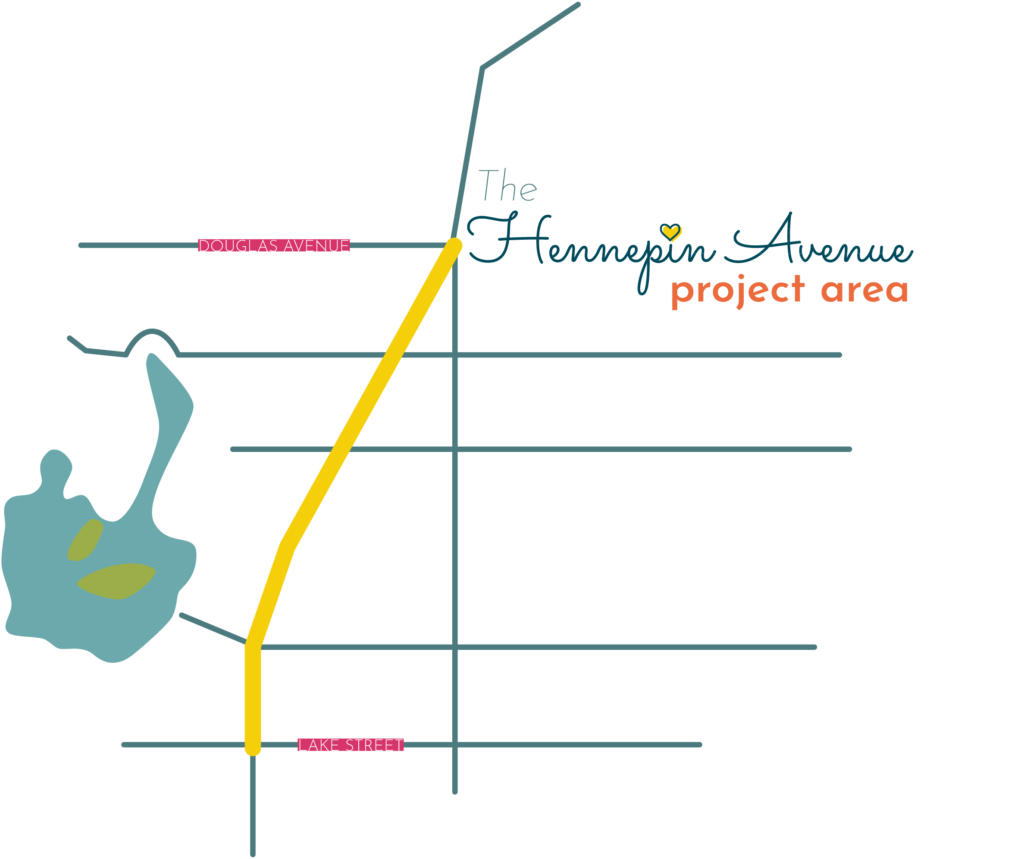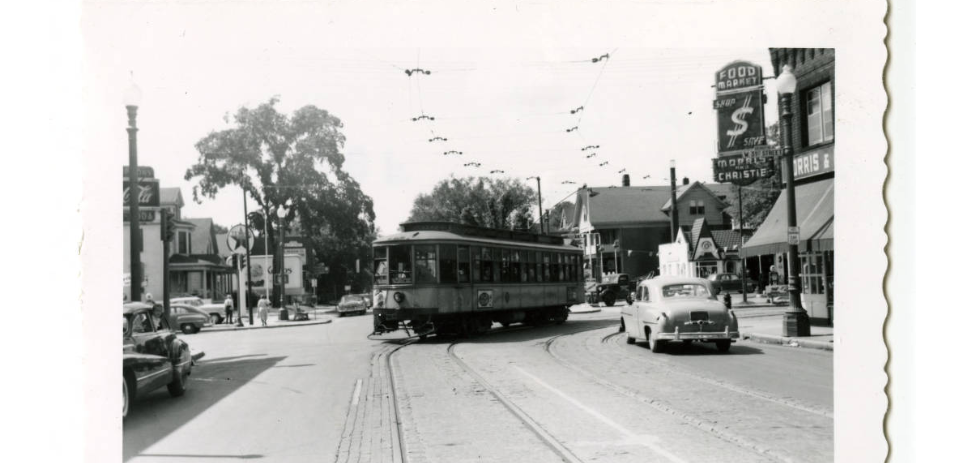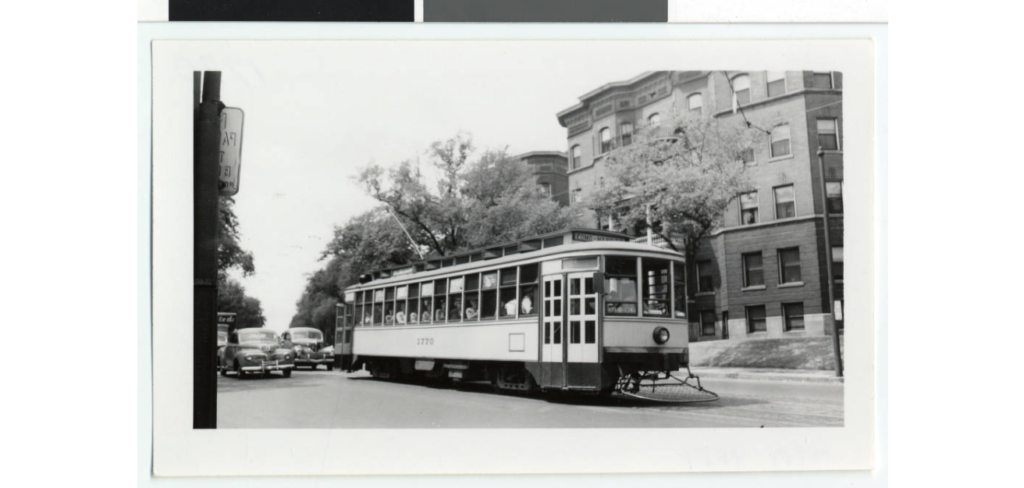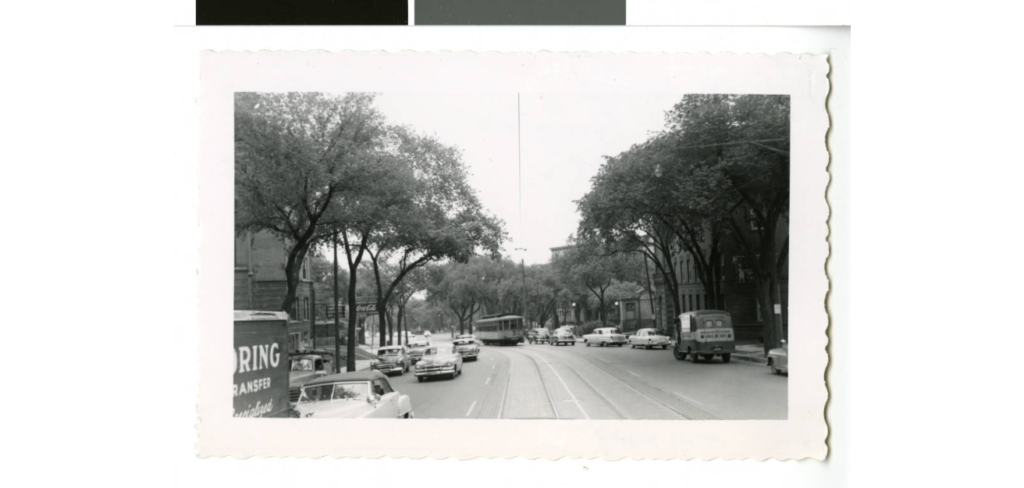Hennepin Avenue holds a special place in our community. It has always been a major corridor, even further back than the days of the old streetcars. Prior to Euro-American settlement. Before Minneapolis was even founded, Dakota people walked this route between the falls on the Mississippi River and Cloud Man Village on Bde Maka Ska. That history continues today; Hennepin Avenue is still a lively place for people to live, travel, and spend time. With the reconstruction, it has the potential to become our region’s premier Main Street, a bustling community corridor where the journey is as important as the destination.
In 2024, the City of Minneapolis will reconstruct Hennepin Avenue between Lake Street and Douglas Avenue. Hennepin Avenue was last reconstructed in 1957, so let’s make the most of this once-in-a-lifetime opportunity. While most similar streets in Minneapolis fall under Hennepin County jurisdiction and are designed by suburban planners in Medina, this stretch of Hennepin Avenue is controlled by the City. We all deserve a community street that prioritizes the health of local residents and businesses over speeding commuter thru-traffic; Hennepin Avenue is our chance to show the County what’s truly possible in our city.

Now, we’re coming together to support a pleasant, safe, and vibrant street for our local community —specifically, with dedicated transit lanes and a safe, separated bike path. This makes Hennepin Avenue safer for our children as they bike to the library; for our elders aging in place, as they walk to the grocery store; and more enjoyable, attractive and stable for the small businesses we all depend on.
More than 15,000 people already live along this short stretch of Hennepin Avenue just in the neighborhoods of East Isles, Lowry Hill and Lowry Hill East, with thousands more community members living south of Lake Street, near Loring Park, and just east of Lyndale. More and more people are moving to Minneapolis, and particularly Uptown, trading suburban living for the chance to walk to corner cafes and barber shops.
Hennepin Avenue’s commercial heyday was as a transit-and people-route, but decades of poorly-understood traffic planning prioritized suburban car commuters over the basic needs of people who live, work, play, go to school, and shop along it.
But now, in 2021, we know better. Traffic engineers and urban planners understand induced demand, traffic evaporation, and community connections. We know that all of us—especially children and the elderly—do best when we move more—like walking and biking to school and work and for errands, and we’re healthier when we’re protected from air and noise pollution. Scientists and moral leaders are urging an immediate and deep reduction in emissions at every level of decision-making, from international treaties to the Minneapolis Transportation Action Plan—roughly 24% of Minneapolis’ CO2 emissions come from road-transportation. After this past year, we know how deeply we need community places, public spaces to come together, friends and strangers alike, to heal and to support one another.
Climate breakdown is already causing upheaval for our community and our businesses, whether via Covid-19 this year or in the disruption of food supply chains as severe storms hit Iowa last summer. Hennepin Avenue will reopen in 2026, not to be reconstructed again for another half century. We are building not only on the street’s history, but for the next century, for our own future, and for our children.


